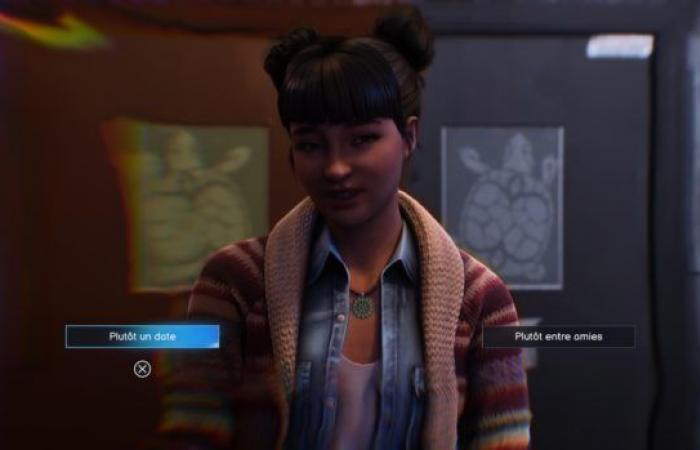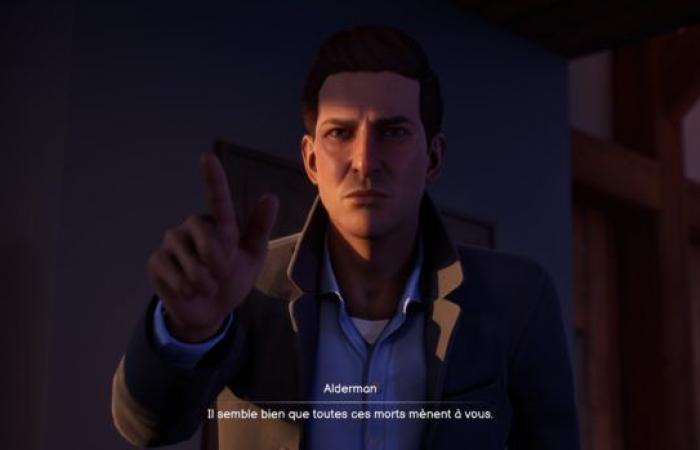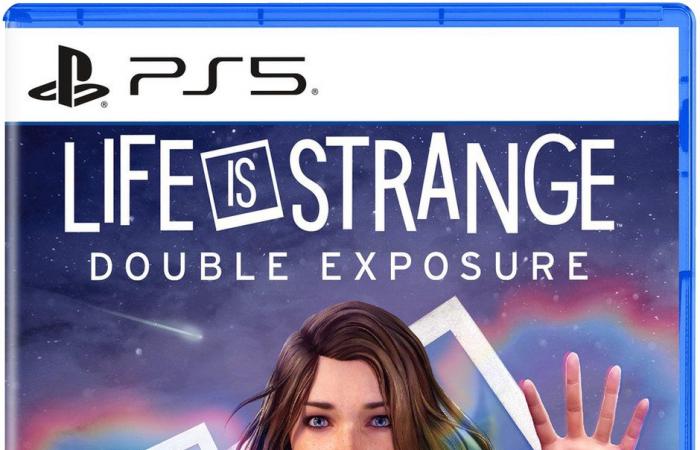Max Caulfield returns to service. Nearly ten years after the release of the very first Life is Strange, Double Exposure serves as a true sequel to the 2015 opus.
For fans of narrative choice games, the Life is Strange series is special. Since 2015, six episodes have been developed, all focused on the problems that high school students may encounter. The franchise has made harassment and its consequences its major theme against a backdrop of paranormal events. We were thus able to meet a whole bunch of atypical characters living across the four corners of North America, from Max Caulfield (LIS 1) to Sean Diaz (LIS 2) via Alex Chen (LIS: True Colors). With this Double Exposure, the Deck Nine teams return to their first love with the story of Max Caulfield.
But this time, it is ten years after the terrible events of Arcadia Bay that we find our heroine. She has matured and now works as a photography professor at the prestigious Caledon University. She hasn’t used her powers since the Arcadia storm and even seems to have lost them. But following the death of one of her new friends (this is not a spoiler, Editor’s note.), the young girl realizes that her power of time travel has transformed into the ability to travel between two realities totally different. The first is the current reality, in which her friend is dead, and the second is that of a world where Safi, Max’s friend, is not dead.
When she wishes, Max can therefore travel through these two realities with the sole aim of unraveling the mystery of Safi’s murder. But little by little, the heroine will realize that everything is not going well, that we are far from a simple unsolved murder and, once again, playing with realities is not without consequences.
So put an end to this principle of going back to cancel an action. Here, when your character crosses a portal, he can alternate between the two worlds at will. The idea is oh so brilliant, since it allows you to solve many puzzles by moving from one reality to another. For example, we had to retrieve a camera from an office at one point before a police inspector showed up. We must thus move from the world of death to the world of life, discuss with a friend to find out where he would hide a valuable object, return to the other world while avoiding the inspector who managed to enter the office. And meanwhile, you can see in real time what’s happening in the other world with the press of a button. Are you still following?
If, explained like this, it may seem complicated, the whole thing is rather ultra-intuitive and can be learned very quickly. What is also well thought out is that as Max very often moves from one world to another, he will sometimes make mistakes in his conversations, which can impact your relationship with others.
Because yes, a Life is Strange game would not be successful without its famous choice conversations. As in all previous episodes of the franchise, we find ourselves with an innumerable number of choices to make in the dialogues, whether they are crucial or not. This can range from a simple choice of name for a cat to whether or not it betrays its best friend. The most important choices are, for their part, always represented by a fairly pretty effect and serious music reminding the player that he is choosing an important branch.
The problem is that between the choices to make, Life is Strange is more like a long walking simulator quite boring. Except for the moments when we have to alternate between worlds and interact with objects to solve puzzles, we find ourselves mainly “looking” at the elements and NPCs around us and chatting with one or the other. This is the problem with this type of game, certain passages can be extremely long and drag on, which can quickly bore those who prefer games with a more sustained pace.
Nevertheless, we find here a skillfully written scenario, perfectly tailored for this type of game. We have the impression that even the most innocuous choice can have a “snowball” effect in the long term, giving the player the feeling that he is master of the destiny of Max, but also of the characters who surround him. At no time will the scenario bore us, quite the contrary. The twists and turns are extremely numerous and allow us to be involved at all times. Of course, we will appreciate or not the themes addressed by the series (transsexuality, harassment, homophobia, etc.), but we can only bow to such skillful writing. It is also so difficult to remain impassive in the face of the characters’ experiences and their emotions that all the crucial choices we make require a certain amount of time for reflection. On the other hand, Double Exposure is one of the shortest episodes of the franchise, lasting almost four hours less than Life is Strange 2…
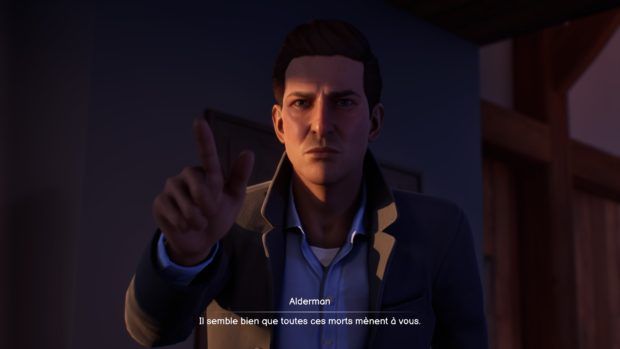
A skillfully written storyline and… such a pretty world. If the game engine of Life is Strange is far from being up to current standards (we will come back to that), the fact remains that this Double Exposure is the most beautiful episode ever produced in the franchise. There are improvements in the facial expressions, even if the lip sync is not optimal, and the environments are prettier than ever. Finally, we will notice the difference in artistic direction between the two worlds. That of life being very colorful and lively while the world of death is darker, the people more depressed… For its part, the French dubbing is just perfect, at the same level as the original.
We were talking about a game engine that is struggling, and it shows in many places. Already, to separate the levels, the developers continue to use loading times. In 2024, with SSDs on consoles and PCs, it seems completely unthinkable that loading times will still be a thing. In addition, when we focus on the details of the landscape and certain animations, we become aware of the wanderings of the engine.
Conclusion
Although it includes all the codes of the series, this Double Exposure also recovers what may have been lacking in the past. The gameplay unfortunately goes in circles quickly and, when you don’t have to make choices or alternate between the two worlds, Life is Strange Double Exposure is more like a walking simulator which can quickly become boring. However, the screenwriters have kept their beautiful pen in order to give us a scenario that will never cease to captivate us. The characters have a real personality and the choices we must make are extremely crucial, leading to a story that will never cease to surprise us, whatever the branch chosen. In this episode, Max’s powers allowing him to go back in time are exchanged for a power to pass between two alternative worlds, giving rise to rather well-crafted puzzles and choices. The universe, very colorful and rather pretty, hides on the other hand a game engine that is still a little weak which still uses loading times, so incomprehensible in 2024, even if it is probably the prettiest episode to date ‘today. The fact remains that this Double Exposure is the best episode of the franchise in a long time, and that it has all the weapons in hand to improve over time.
_
Follow Geeko on Facebook, Youtube and Instagram so you don’t miss any news, tests and good deals.
Receive our latest news directly on your WhatsApp by subscribing to our channel.
Life is Strange: Double Exposure
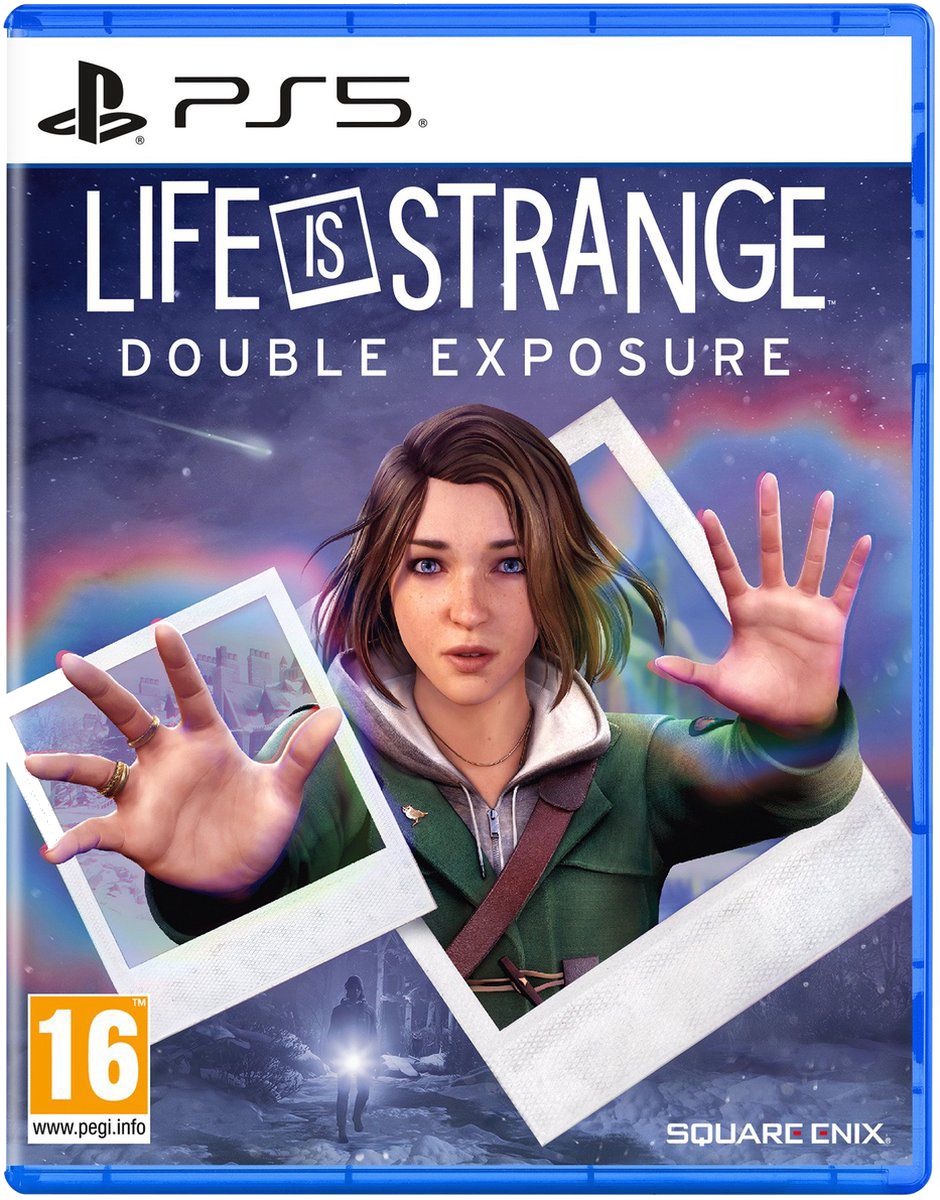
We like:
The idea of worlds of life and death, well found
A poignant and touching story
A visually colorful and very pretty universe
Choices that have a real impact on the rest of the adventure
Qualitative VF dubbing
We like less:
A lifespan below other episodes
Gameplay that doesn’t vary much
A weak engine in which the details are a stain
Still a lot of loading times which are a problem in 2024

